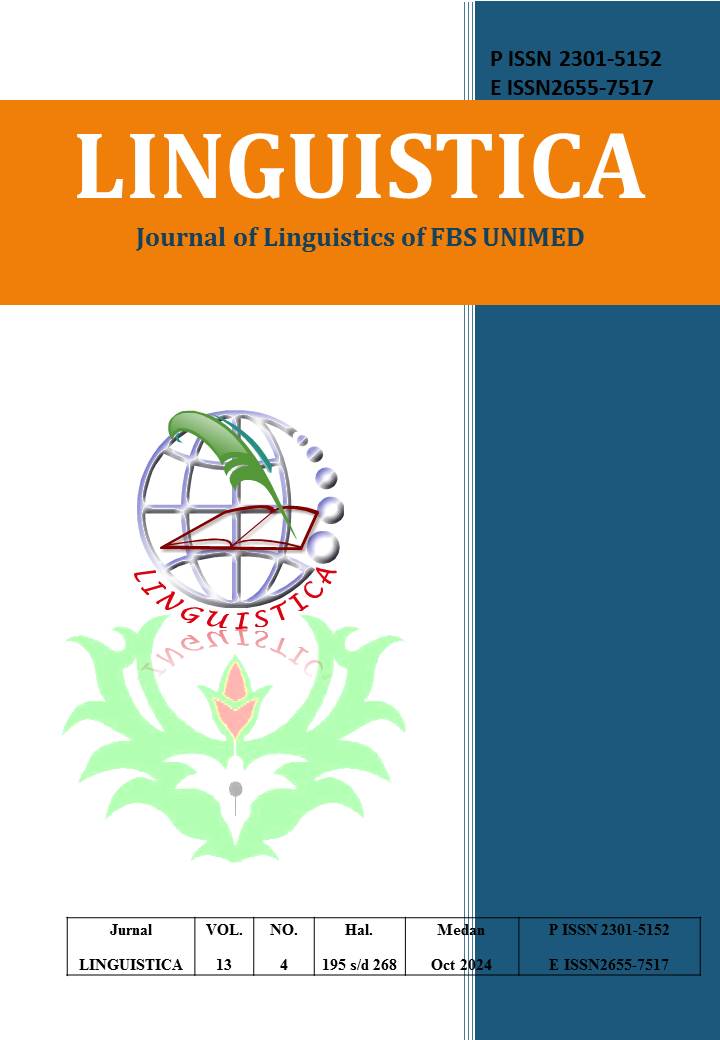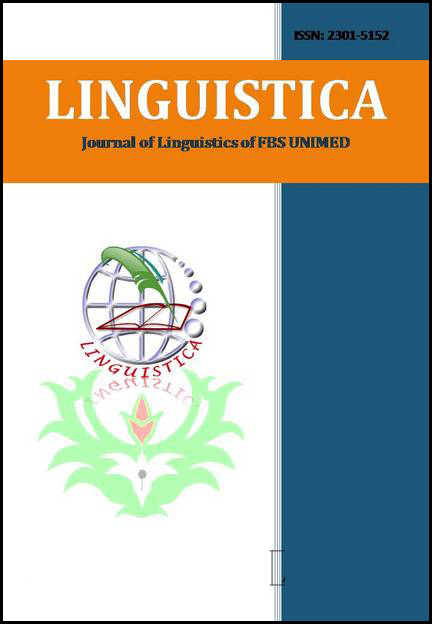From Darkness to Brightness: An Analysis of PTSD in Abrahamson’s Room, Using Emotional Processing Theory
DOI:
https://doi.org/10.24114/jalu.v14i2.65030Abstract
The aim of this study was to use Abrahamson’s film Room as a case study to examine how PTSD may influence people’s lives and how they can use emotional processing to turn their extreme feelings into something positive. In order to reach this objective, Foa and Kozak’s emotional processing theory was used to analyze the protagonist,Joy “Ma” Newsome, with respect to various traumatic situations and resulting PTSD symptoms she has experienced, as well as her attempts to use emotional processing to cope with her psychological disorder and find meaning in the traumatic events in order to live again. The ultimate goal of this study was to help readers confront their own traumatic memory; although the world is not as perfect as we think, we can use Foa and Kozak’s emotional processing theory as a mechanism to make sense of traumatic experiences and bring about a positivechange.Keywords: emotional processing theory; mental disorder; PTSD; traumamemory.Downloads
Published
2025-04-26
How to Cite
Lai, Y.-P., & Wang, Y.- huei. (2025). From Darkness to Brightness: An Analysis of PTSD in Abrahamson’s Room, Using Emotional Processing Theory. LINGUISTICA, 14(2), 59–72. https://doi.org/10.24114/jalu.v14i2.65030
Issue
Section
Articles
License
Copyright (c) 2025 Yan-Ping Lai, Ya-huei Wang

This work is licensed under a Creative Commons Attribution-ShareAlike 4.0 International License.
Authors who publish with this journal agree to the following terms:
- Authors retain copyright and grant the journal the right of first publication with the work simultaneously licensed under a Creative Commons Attribution License that allows others to share the work with an acknowledgment of the work's authorship and initial publication in this journal.
- Authors are able to enter into separate, additional contractual arrangements for the non-exclusive distribution of the journal's published version of the work (e.g., post it to an institutional repository or publish it in a book), with an acknowledgment of its initial publication in this journal.
- Authors are permitted and encouraged to post their work online (e.g., in institutional repositories or on their website) prior to and during the submission process, as it can lead to productive exchanges, as well as earlier and greater citation of published work (See The Effect of Open Access).
- This work is licensed under a Creative Commons Attribution-ShareAlike 4.0 International License.









